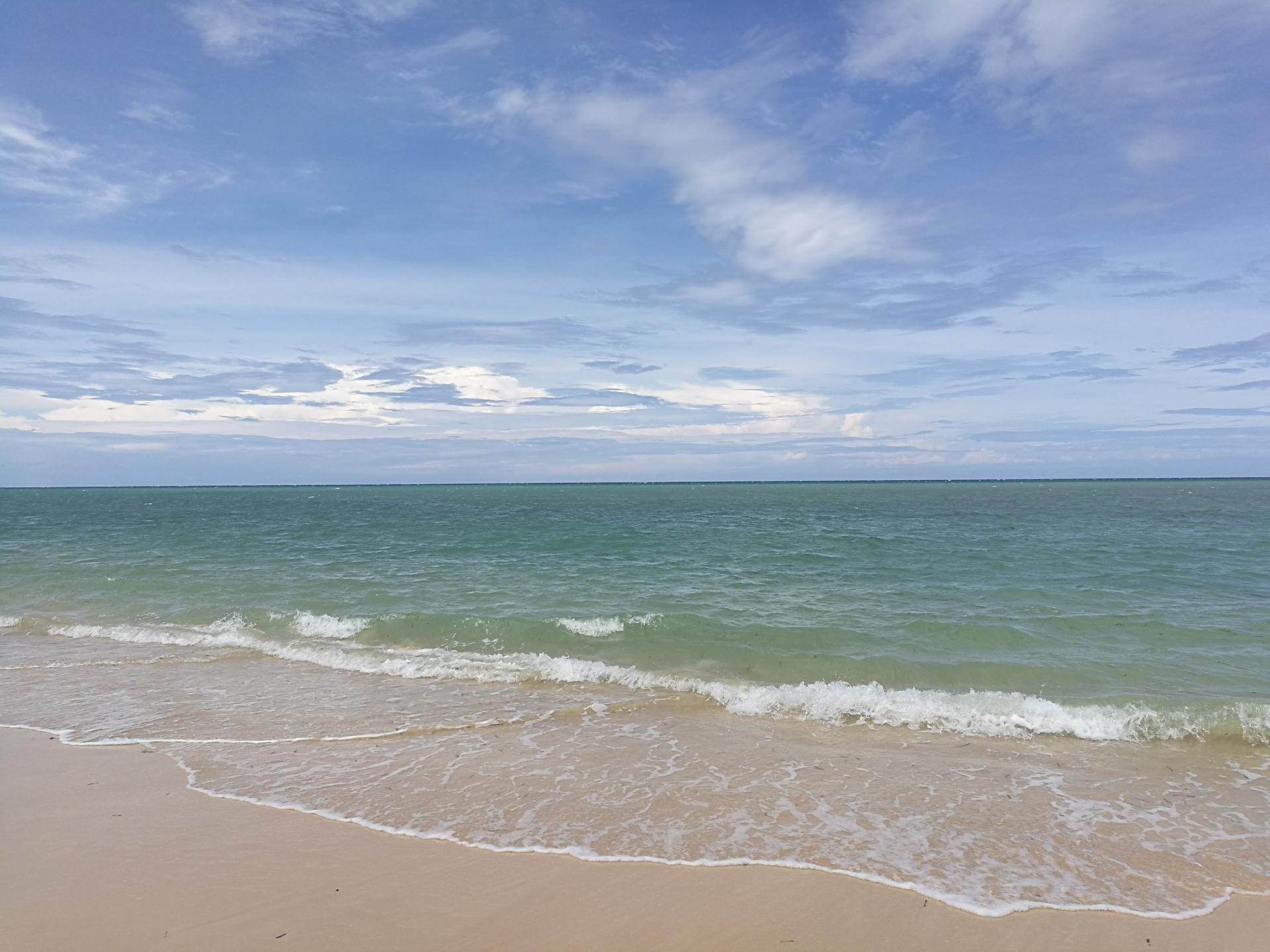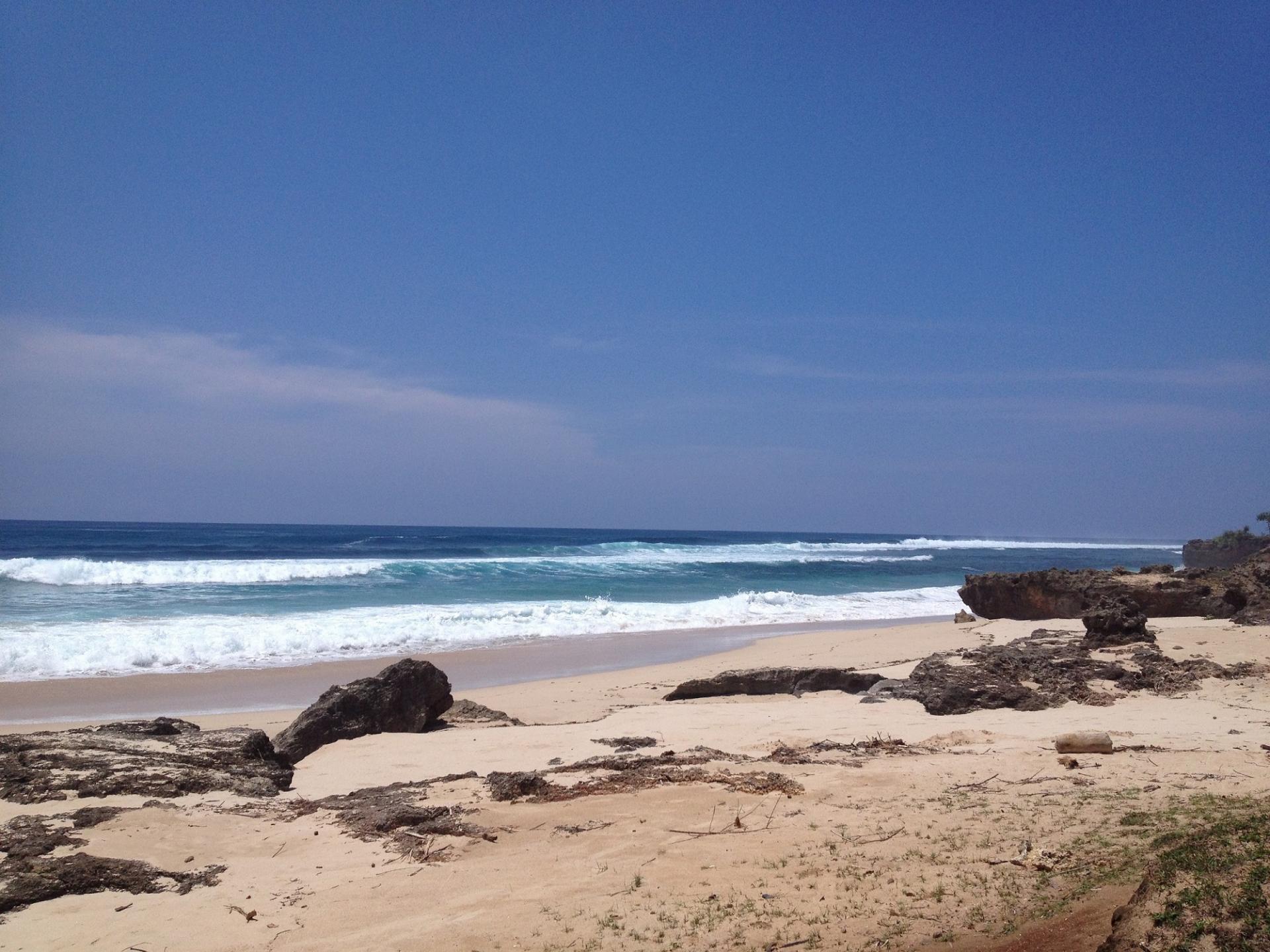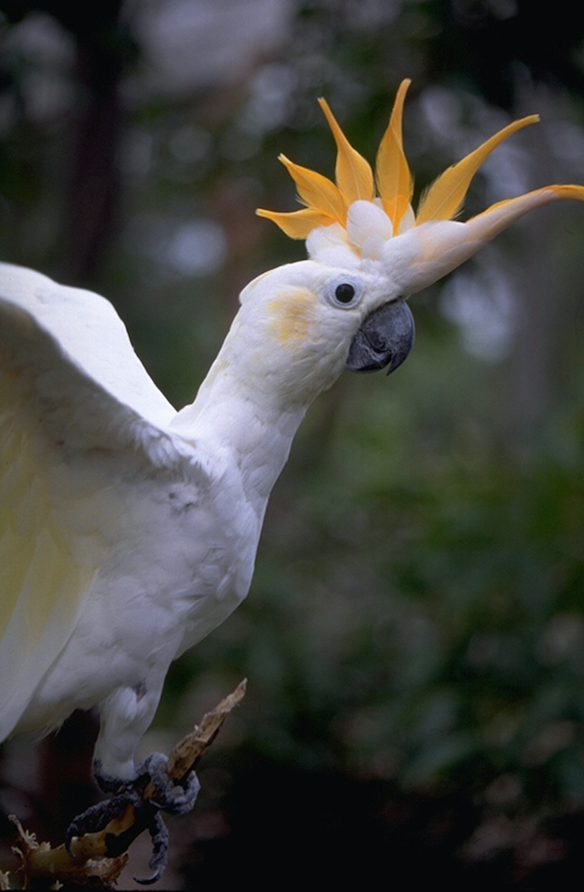INDONESIA
Indonesia is the biggest archipelago in the world:
- 17,000 islands disseminated in the Indian Ocean
- 250 million inhabitants, the biggest Muslim country in the world
- Official language: Bahasa Indonesia though English is spreading
The tropical climate, with alternations between wet and dry seasons, gave birth to an extraordinary biodiversity and each island holds unique features. Indonesia is a mosaic of different ethnic groups with rich traditions and crafts that are simply fascinating.
SUMBA
A few facts:
- Surface: 11 150 km²
- 650 000 inhabitants
- 1h30 flight from Bali
- Religion: Protestant with ancient Marapu beliefs still ubiquitous
- Bordered by the sea of Savu in the North and the Indian Ocean to the south
- Only 10 000 tourists a year for now
- A huge tourism potential: CNN Travel rated it as the 6th most underestimated island in the world
Traditional funerals and wedding ceremonies are celebrated across the island. Ancestral competitions called Pasolas are still being held every year, at a date set according to the moon calendar:
The typical Sumbanese houses with their roofs pointing to the skies contribute to the many fascinating sceneries that unfold under the visitor’s gaze.
With a mainly hilly landscape, Sumba’s highest peak, Gunung Wanggameti, is located in the South of the island and is 1 225 meters high.
The island is already famous amongst surfers who travel thousands of miles to ride its impressive waves.
Nature lovers will be amazed by the 3 National Parks and dozens of endemic bird species. The island’s unique location in the centre of the Coral Triangle makes it a goldmine for snorkelers and scuba-divers.
Unspoilt nature and culture make this beautiful island the perfect place to recharge your eco-friendly batteries, discover authentic cultures and live a unique adventure.






